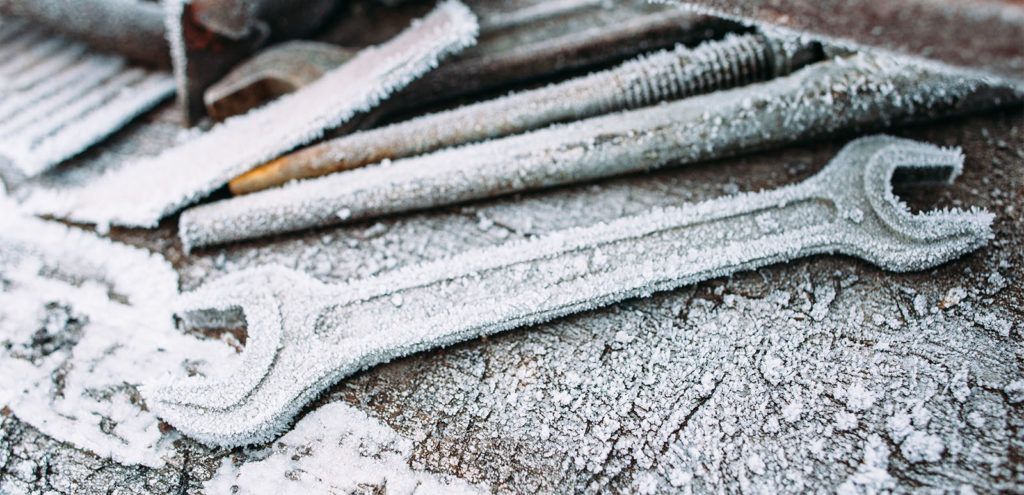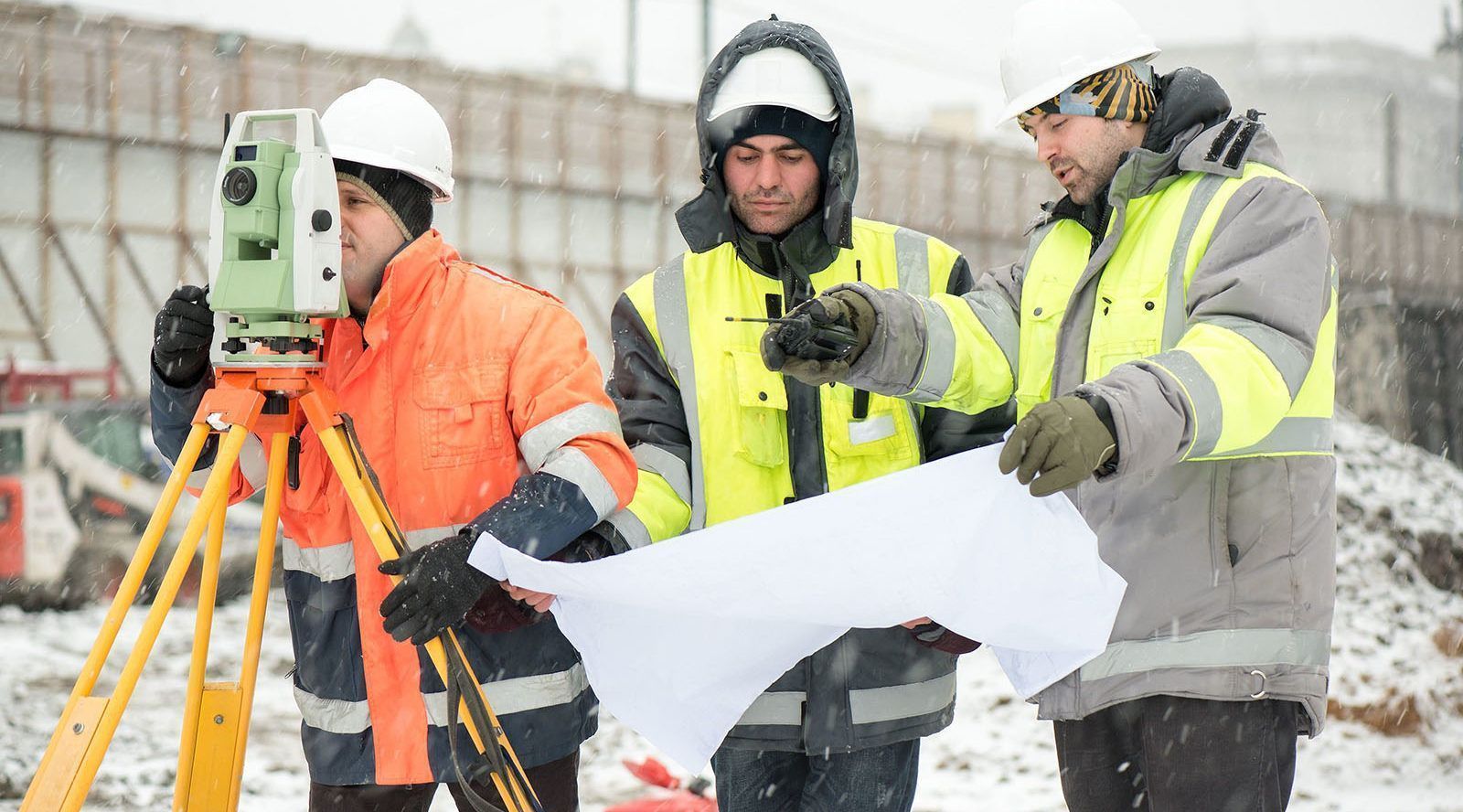5 Ways To Improve Construction Safety During The Winter Months

The bad news is that winter is a high-risk time for construction workers.
In the US in 2014, there were 42,480 workplace injuries and illnesses involving ice, sleet or snow that required at least one day away from work to recuperate. If you consider that winter lasts roughly four months (November through February), this means there were 10,620 injuries or illnesses a month, or 354 a day.
The good news is that many winter-related workplace injuries and illnesses can be prevented. Here are five steps you can take at your job sites to improve your winter safety performance.
1. Clear snow and ice from walking and working surfaces
Snow and ice increase the risk of slips. So, remove snow and ice from all walking and working surfaces, including walkways, roofs, concrete slabs, the tops of walls, scaffolding, and ladders.
After you’ve removed the immediate hazard, put down salt to prevent ice from forming, or sand to improve traction. If needed, post hazard signs to warn workers of icy surfaces.
2. Remove ice from eves, cranes, scaffolding and other elevations
Icicles and chunks of ice and snow kill and injure workers every year. This is not surprising when you consider that a half-pound icicle, three inches in diameter, can fall at a rate of 85mph and hit a worker with 1,000 pounds of deadly force.
So, knock ice and snow from eves, cranes, scaffolding and other elevations. If you can’t remove the falling hazard, cordon off the area.

3. Teach your workers to spot frostbite and hypothermia
Frostbite occurs when skin is exposed to extreme cold. The top layer of skin and some tissue beneath it freezes. Frostbite has several stages, each one with unique symptoms. Gone un-noticed or untreated, it can result in permanent disability, even the need for fingers or toes to be amputated.
Hypothermia is a medical emergency that occurs when your body loses heat faster than it can produce heat, causing a dangerously low body temperature. Hypothermia is also recognizable and is deadly if left untreated.
Teach your workers to spot the symptoms of frostbite and hypothermia.
4. Ventilate heated work areas
Small gasoline-powered engines and tools—such as heaters, generators, pressure washers, and snow blowers—produce high concentrations of deadly carbon monoxide. So do open fires in enclosed areas, and motor vehicle exhausts in closed garages.
Carbon monoxide is odorless and colorless. Workers can quickly lose consciousness before they recognize a problem.
Prevent injuries and death by training workers about the dangers of operating gasoline-powered equipment in closed areas, and teaching them to recognize the signs of carbon monoxide exposure.
5. Watch the weather
Keep an eye on weather forecasts throughout the day, and particularly before each shift begins. Watch out for weather systems (such as blizzards) that hinder works from getting to or returning home from job sites. Also, watch for weather conditions that make job sites dangerous. These conditions include low temperatures, strong winds and heavy precipitation (whether freezing rain, sleet, hail or snow).
Although winter is a particularly high-risk time of year for construction workers and brings its own unique challenges, a strong safety culture extends to all seasons. Your winter safety planning and education should be part of a year-long, comprehensive safety plan for your workers.

